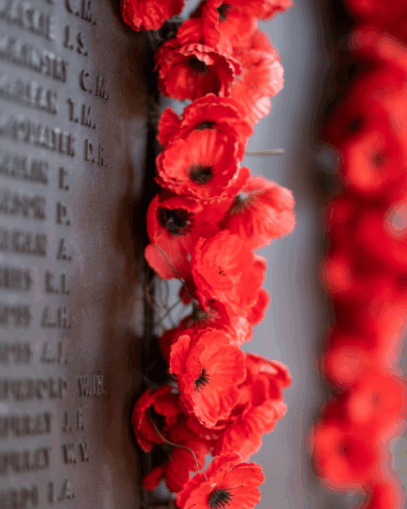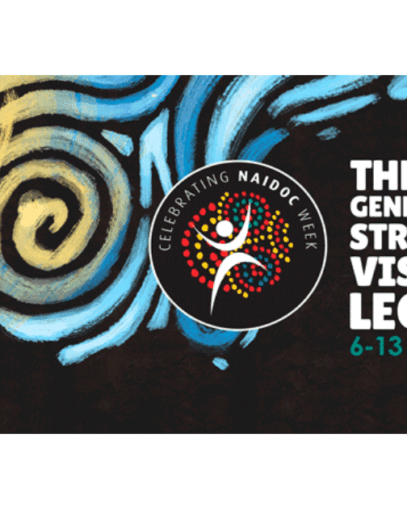Recognising First Nations – a personal perspective

Like most Australians this year, the upcoming Indigenous Voice to Parliament referendum has caused me to reflect on my own experience as a non-Aboriginal Australian on engagement with First Nations people. Through my personal life and professional career, I have had some interesting interactions and the current focus on the Voice referendum has motivated me to share them.
While I was aware of Indigenous Australians from as long as I can remember, the first Aboriginal person I can recall meeting is a clear memory to me. I was born in the mid-1960s and grew up in Canberra. When I was around 5 years old my parents, through their church involvement, invited a young Aboriginal trainee priest on a trip to climb Mount Kosciuszko (not so much of a climb in those days as you could drive up to about the last 100 metres). I was equally excited about my first trip to the top of Australia as I was about to meet an Aboriginal person for the first time. I recall sitting fascinated in the back of the car while my parents and the young trainee priest chatted on the trip. Why this memory is such a strong one I am not sure, but I suspect even at a very young age the significance of First Australian heritage in my home country had made a strong impression.
First Nations issues became more prominent as I grew up, with the Aboriginal Tent Embassy established in Canberra and significant Indigenous leaders such as Charles Perkins living locally. However, the next notable interaction came when I was working for the Federal Parliament supporting incoming and outgoing international parliamentary delegations.
In the mid-1990s, only a few years after the end of Apartheid, I was given the task of looking after a South African delegation led by a very prominent African National Congress (ANC) politician named Patrick Lekota. Lekota was a large, genial and very directly spoken man who had been in prison on Robben Island with Nelson Mandela. The remaining members represented every South African political party, and they described this diversity as being a “rainbow delegation.”
The South Africans were very keen to meet Australian First Nations people and visit local communities. I sought assistance from the Federal Minister’s office and was referred to the responsible Western Australian State Government Department which arranged an itinerary across both rural and metropolitan communities. I was very conscious that any attempt to manage things to only show positives would be picked up very quickly by this astute group of South Africans, so a broad range of experiences and interactions was sought.
Two things stood out for me from this visit which have resonated with the content of the Uluru Statement. The first one was in visiting a clearly quite troubled regional community with housing comprising basic steel sheds with a hole in the roof to let smoke out, domestic disputes occurring in front of us and an overall sense of dislocation and poverty evident. The delegation members asked their WA State Department hosts (who were themselves Indigenous) why this community seemed so much worse off than another one visited on the same day. The response was that this community’s original land was on the site of the Kalgoorlie super pit where gold was first discovered in 1893 (one of the largest gold mines in the world to this day). The community was moved and then moved again more than a dozen times over 100 years as at each spot more gold was found. We were advised that there had been numerous efforts by governments to assist this community, but these had failed, with a key factor being the lack of involvement by the community themselves in decisions about their location, housing and other support being provided. In other words, they had no voice in decisions being made about them despite the extraordinary wealth that had been discovered under their feet.
The second relevant point was the response of Mr Lekota after having seen several communities and meeting with elders and other leaders in various parts of the country. His key point was that for progress to occur, First Nations people needed to have a common approach to government across the country, for leaders and communities to come together to advocate for what they needed collectively. While they remained fragmented, it would be very difficult to achieve positive change. When I first saw the Uluru Statement from the Heart, I recalled these words.
More recently I have continued to be educated, disturbed and impressed in observing and being engaged with First Nations Australians. One quite disturbing experience was listening to an Aboriginal man in Alice Springs (of about my own age) relating his memory as a child of playing with the chains holding shackles together on his mother’s feet while she was being held in a dirt floored cell. His mother’s offence was walking into town without a permit!
Engaging with a traditional owner group for a Defence project about undertaking heritage monitoring ahead of construction on Defence land, I recall being humbled as an elder expressed the strong desire to work with Defence and talking about how this was “protecting country.” When evidence of ancient occupation of land was discovered as part of the same exercise, I reflected on the significance of sixty thousand years of history, generation after generation. Talking to the project’s construction and infrastructure expert about this, I was advised that they find this evidence to some extent everywhere they do heritage monitoring on greenfield sites across the country.
At Nitmiluk (also known as Katherine Gorge), there is a large Rock Art image showing what bush potatoes are. This image is around ten thousand years old. A few years ago, researchers searched the area directly across the Gorge facing this image, dug in the ground and found bush potatoes. The image was a sign to people visiting as to where to find this food, and it still works! I find things like this incredible.
Despite the difficult and tragic history of First Nations people in Australia since European settlement, what has impressed me most have been moments of generosity of spirit from them to other Australians. One example I experienced was former Australian Football League (AFL) star Michael O’Loughlin addressing an Australian Institute of Company Directors Conference in Sydney. He referenced Aboriginal heritage and culture, saying to the audience, “If you are Australian, this is your culture too.” I was quite moved by this but felt like we had no right to such generosity of spirit (indeed it would be understandable to expect the opposite) and yet there it was.
Returning to my experience as a 5-year-old, I found out many years later from my mother that the young trainee priest I remember was now Yawuru elder Senator Patrick Dodson, who has sadly been suffering from health troubles lately. I feel privileged to have accompanied such a distinguished Australian on his (and my) first visit to the top of Australia’s tallest mountain. I do personally hope that Senator Dodson, other First Nations people and most Australians achieve a positive result from the referendum later this year. However, regardless of the result, we are all destined to share this magnificent country and can hopefully still come together for a future which reconciles our complex and difficult past.


